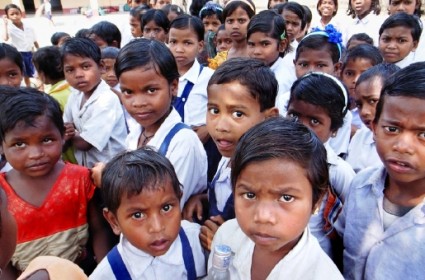
Image Credit: Ruth Beer
The photographs in this exhibition engage with ideas inspired by the formations and visible properties in geological rock samples. Many of the rocks presented in these photographs were collected by a young geologist last summer in the mountains of BC, Yukon and Nunavut. They were collected because they are tangible examples of time, material, form and events. From an artist’s perspective, in addition to formal and descriptive elements of color, texture and form, their intangible qualities are of interest as they reference dynamic shifts of contemporary experience juxtaposing our understanding of what we claim to know, the uncertainty of geological materials and forces that impact everyday life, and the romanticism of a future that is barely graspable.
The exhilarating excitement of their discovery at the intersection of knowledge and chance also operates in creative practice as a compelling process. Embodied in the rocks are records of events and places. These small objects that fit in the hand, in their weight, form and composition, also trace their own dynamic journeys through histories of almost unimaginable time and space. Each rock contains an intriguing measure of information of interest to a young geologist as it merges science and the imagination in geology’s expanded field. As “natural” sculptures removed from the landscape, their translation through photography is intended to highlight their oscillating between a modern and postmodern condition, of both certainty and uncertainty that is increasingly reflected in contemporary creative practice including sculpture and image-based artwork.
These photographs, that seek to make sense of the world in which we live, blur disciplinary boundaries to integrate scientific, and aesthetic, expressive possibilities of things. The artwork draws on events and ideas shared with geologists and their interest in materiality, ideas about time and the dynamic processes of creating form while embracing geology as a subject for expressing circumstances of the present. In describing a “geologic turn” in contemporary art, artist/educators Elizabeth Ellsworth and Jamie Kruse suggest that the word “geologic”, that referred simply and directly to the science of geology, now contains new layers of meaning and sensation as a condition of daily life that takes into consideration the physical impacts of geological forces, that we now can create, that are geological in scale and effect.
The exhibition included a display a personal collection of rocks acquired during the past year. In partnership with the Learning Centre, the UBC Pacific Museum of the Department of Earth of the Ocean Sciences also organized a display of rocks and minerals from the museum’s collection to accompany the exhibition. This exhibition extended a SSHRC research and creation project focused on the presentation of artwork in collaboration with cultural and heritage museums in western Canada by Ruth Beer.
Ruth Beer is a Vancouver-based artist, researcher and educator interested in interdisciplinary approaches to these practices. Her work includes sculpture, photography, and digital new media. She has an extensive record of exhibitions in Canada, United States, Japan and China, is a member of the Royal Canadian Academy of the Arts and has completed several public sculpture commissions, most recently for the Vancouver 2010 Olympics. She was awarded a Social Sciences and Humanities Research Council of Canada Research/Creation in the Fine Arts Grant (2009-2012) for “Catch + Release”, a project involving research and the creation of artworks that focus on coastal communities and geo/marine environments. She is a Professor and former Assistant Dean in the Faculty of Visual Art and Material Practice at Emily Carr University of Art and Design.
The following are a few of many examples of artwork that has interpreted and given aesthetic expression to events and ideas related to geology
Information about Robert Smithson’s Spiral Jetty
http://www.robertsmithson.com/earthworks/spiral_jetty.htm
“The Spiral Jetty,” 1970, published in Robert Smithson:
The Collected Writings, edited by Nancy Holt, New York University Press.
Information about artwork related to earthworks, land and nature
Baker, George, Bob Phillips, Ann Reynolds, and Lytle Shaw. Robert Smithson: Spiral Jetty. Berkeley and Los Angeles: University of California, 2005.
**Book is available at NB237.S57 A76 2005, I.K. Barber Learning Centre Stacks
Beardsley, John. Earthworks and Beyond: Contemporary Art in the Landscape. New York: Abbeville Press, 2006.
**Book is available at N6494.E27 B4 2006, OKANAGAN LIBRARY stacks.
Grande, John K. Art Nature Dialogues: Interviews with Environmental Artists.Foreword by Edward Lucie-Smith. Albany: SUNY Press, 2004.
**Book is available at N6494.E6 G73 2004, OKANAGAN LIBRARY stacks
Reynolds, Ann. Robert Smithson: Learning from New Jersey and Elsewhere. Cambridge, MA: MIT, 2004.
**Book is available at N6537.S6184 R48 2003, I.K. Barber Learning Centre stacks
For more information, please contact Allan Cho












